Substation and pylon plans put forward by SSEN will threaten crops in key Mearns farming areas, according to experts.
Rural and energy advisers from the chartered surveying firm Galbraith have condemned the proposals and said they will damage “prime agricultural land”.
The plans involve building a 188ft pylon line between Kintore, Fiddes, and Tealing.
It will run through some of Scotland’s best agricultural land in the Mearns and will include building two of the largest substations in the UK.
But residents say the tranquil Mearns countryside will be ruined by the plans and have formed the Save Our Mearns group.
They argue it will ruin the unspoiled countryside, which was made famous by Lewis Grassic Gibbon’s book Sunset Song.
How will Mearns farmers be affected by the proposals?
Experts at Galbraith say the plans will “impede” the efficient use of large machinery typically used on farmland.
Tom Stewart, a partner at the property consultancy, said: “A scheme of this nature introduces a significant threat to future cropping of potatoes and oilseed rape – key crops in this area.
“Construction traffic introduces a significant biosecurity threat of spreading diseases such as eelworm and potato cyst nematode (PCN) the length of the route.
“PCN already costs Scottish agriculture over £25m a year and threatens food security in the developed and developing world.”
Mr Stewart also warned that cropping fields with pylons is also much more difficult and will push up production costs for farmers.
Residents have been informed by SSEN that they will receive no compensation for the loss of any property value.
John and Shona Alexander, whose families have been farming in the area for more than 60 years, have even said they have been threatened with the compulsory purchase of their farm if they refuse to sell.
Why was this area of the Mearns chosen by SSEN?
SSEN insist the proposals are necessary to enable the connection of renewable energy and to fight against climate change.
The area was chosen to avoid the geographical mountainous terrain to the west and to minimise closeness to towns and villages.
The company said they also had to factor in airport-restricted zones and the A90 and A92 trunk roads.
But Mr Stewart said: “There is normally a presumption against development on prime agricultural land.
“It is not clear why SSEN have taken this route rather than alternatives.
“While this may be the cheapest route for SSEN to construct it threatens agricultural output in the area. This does not seem to have been taken into account in route selection.”
SSEN talks through its plans for the east coast here:
Should SSEN bury the Mearns power line?
To avoid spoiling the farmland and the countryside, some residents have suggested SSEN should bury the power lines instead of building large pylons.
Mike Reid, head of energy at Galbraith, said: “There would be less disruption and impact, particularly visual impact and less impact on farming operations such as irrigation, if they installed an underground cable.
“But this would be more expensive for SSE to install and I believe to maintain. Once installed you don’t notice the route of an underground cable very quickly.”
In March, SSEN announced plans to bury power lines in Skye to avoid spoiling views in response to public feedback.
What does SSEN say?
A spokesperson for SSEN Transmission said: “Once we progress to the development of potential route alignments, we will work with those impacted to microsite tower locations to minimise and mitigate potential impacts on farming operations.
“We recognise that there may be impacts on farming businesses and can confirm that appropriate levels of compensation will be agreed in line with established industry practices.
“As with all of our projects, a robust biosecurity management plan covering risk of agricultural pests and diseases will be implemented throughout the construction phase, along with extensive associated mitigation measures.
“It is important to reiterate that the project remains in the early stages of development and no specific overhead line route alignments have been identified.”
Feedback on the public consultation, which closes on June 23, can be submitted on the SSEN Transmission website.
The infrastructure is expected to be finished construction in 2030.
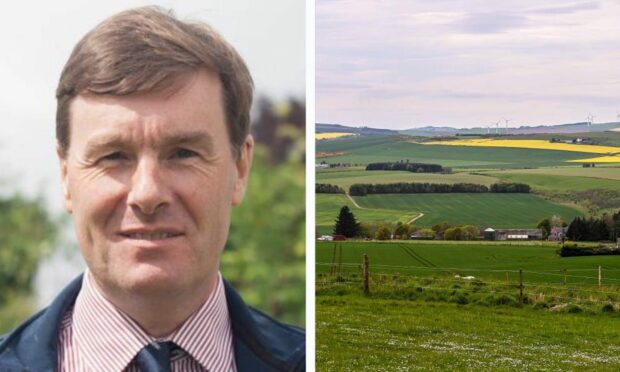
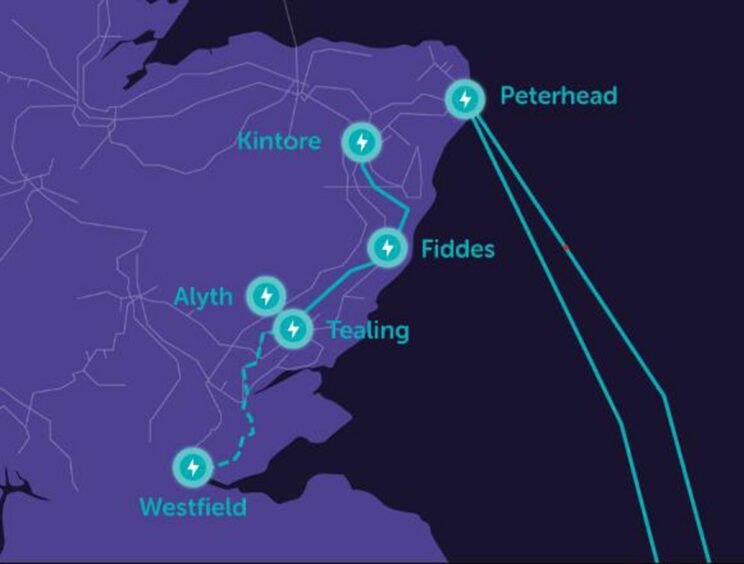
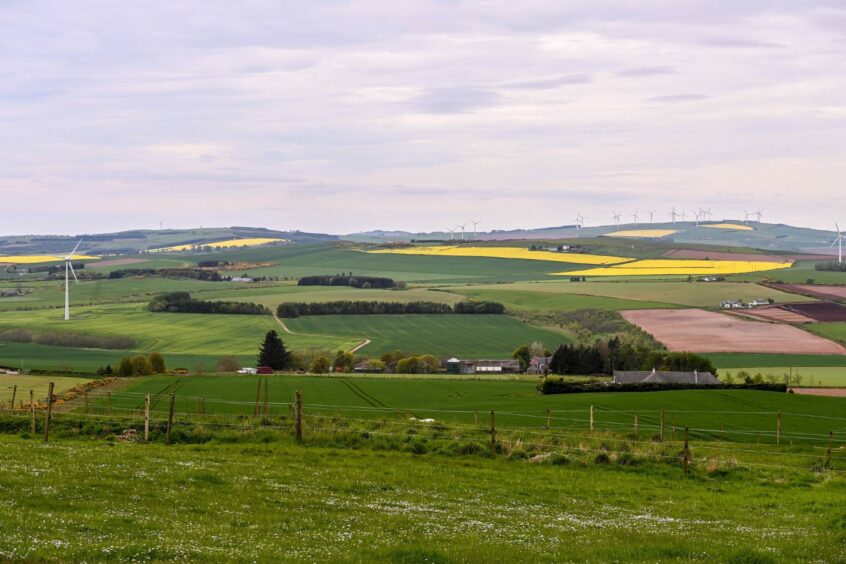
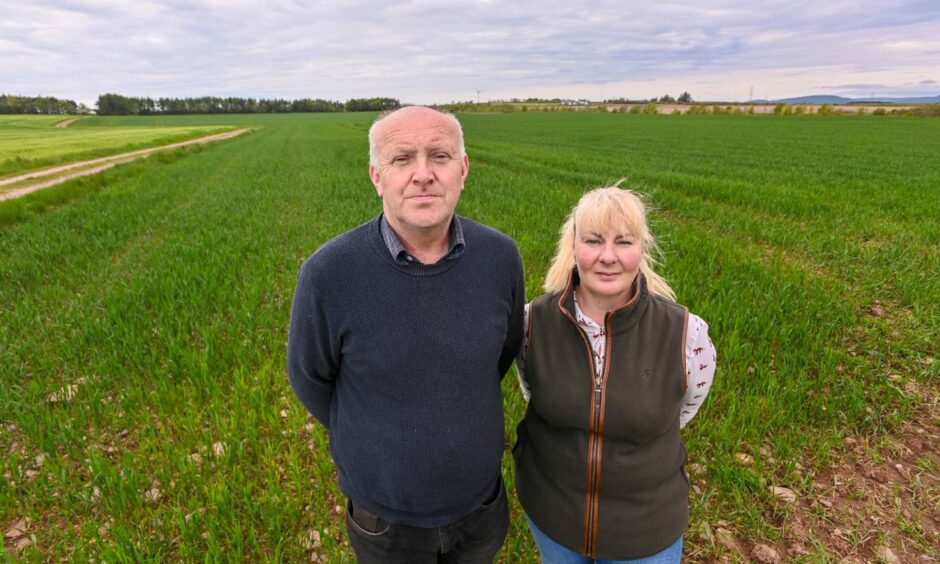
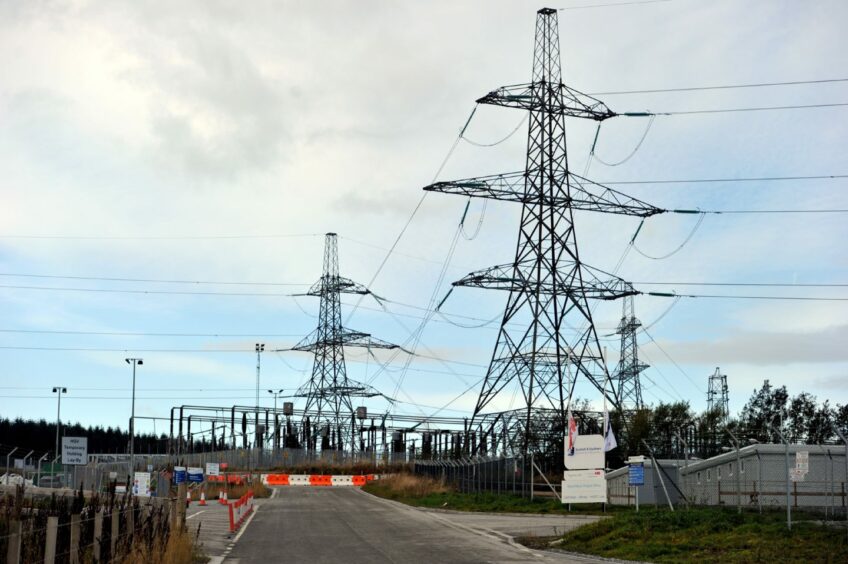
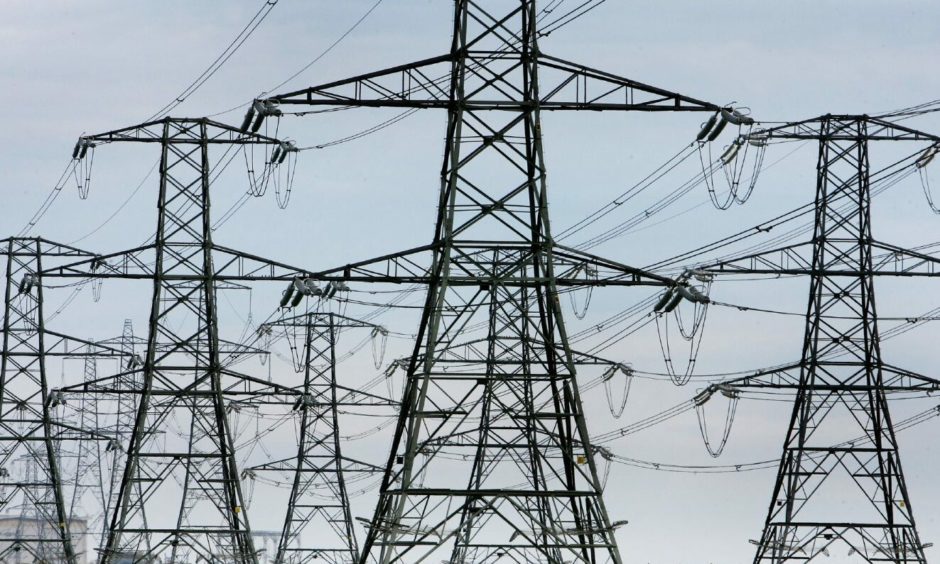
Conversation